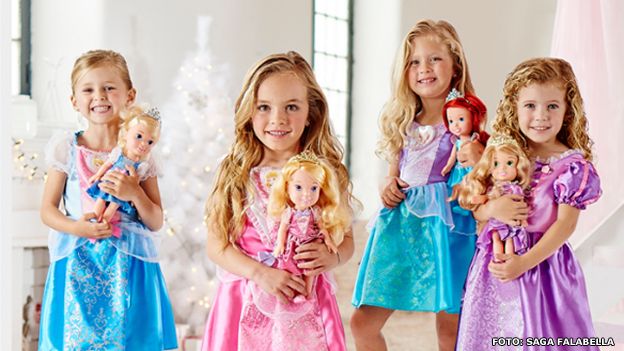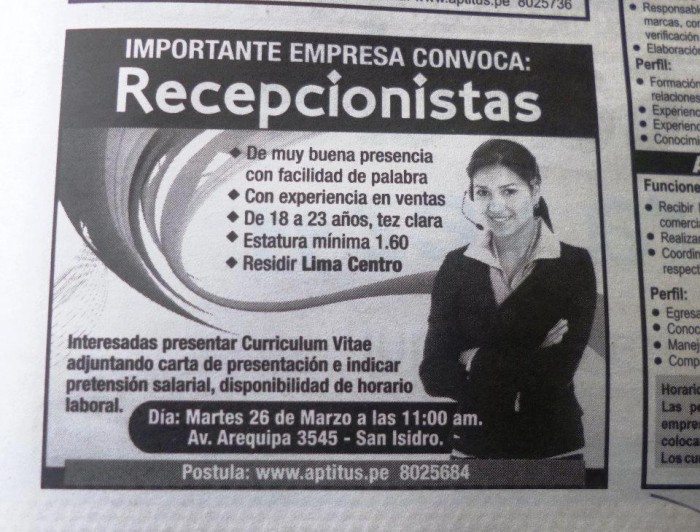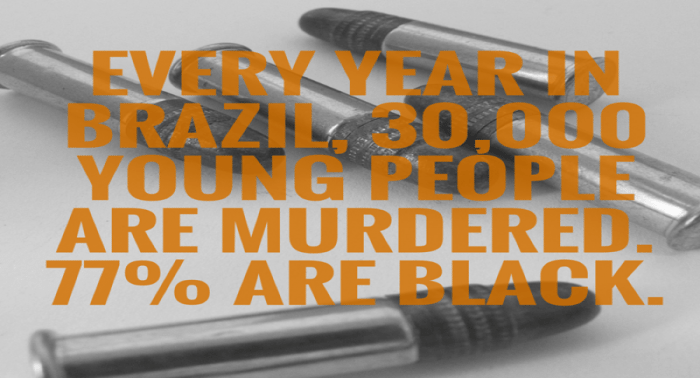When many of us see Black faces on Spanish-speaking outlets, our heart rate increases. The left hemisphere of our brains becomes more stimulated. We are in disbelief—a surge of cortisol hormone increases and our rational prefrontal lobes shut down.
The vast majority of Latinos in the United States refuse to discuss or even have conversations about White Privilege and racism within our communities. It has been almost a year since I wrote the article, (In)Visibilities of Blackfaces in Post-Racial Latino Media, and I am still raising the same points. Since I wrote that piece, my hopes of exposing racism and White Privilege in U.S. Latino media and culture to impact actual change have left me completely disillusioned. Recent events on Latin American television have only made me even more disillusioned.
Blackface and Brownface in Peru
Afro-Peruvians’ Jefferson Farfán and André Carrillo, two soccer player superstars attended a wedding of the acclaimed Peruvian actor and television host Yako Eskenazi and his wife Natalie Vértiz. Farfán and Carrillo arrived at the wedding in a sports car, then were interviewed by RPP Noticias and spent the night dancing and having fun. After the wedding, the two comedians Jorge and Alfredo Benavides despicably arrived at the Magaly Medina show (broadcast in Peru) in blackfaces and imitated Farfán and Carrillo while dancing to some ping-pong dance. Instead of congratulating the two young successful soccer players, these two chose to dehumanize them and think it was somehow funny.
A local article stated that Peru’s “Ciudadanos Luchando Contra El Racismo” (“Citizens Fighting Against Racism”) have fought back. What began as a statement In their Facebook account has resulted in a bigger movement. They stated: “On Latina [the Peruvian TV network], a grotesquely racist show was again produced, with the imitation of two Afro-Peruvian soccer players looking like primitive and simian-like beings.” However, what is really disturbing is how the article about this news had comments of people denying the racist act and referred to the minstrelsy as an innocent means of entertainment.
Will this be the moment such attitudes begin to change?
Recently, another blatant example, La Paisana Jacinta, has also re-emerged in Peru (also on the Latina network). The character, played by the same Jorge Benavides who was in the blackface skit, has been around since 1999.
La Paisana Jacinta has been confronted in the documentary Choleando –Racism in Peru.
Surprisingly, many people in the documentary felt that racism was not existent or not of central concern. The cruel and atrocious history of colonialism against indigenous persons in Latin America becomes disregarded by the portrayal of a dim-witted Andean woman, which has become accepted by many. In 2010, Lucina Di Meco reported on how the International Women’s Health Coalition (IWHC) and LUNDU (an anti-racist group) joined forces against the broadcasting of these racist shows. They wrote a letter of complaint to the TV channel and to the Sociedad de Radio y Television. The show “Negro Mama” was suspended for only a week. Yet nothing has really changed. And guess who plays that character? Jorge Benavides.
There have been countless movements in Peru against La Paisana Jacinta in order to preserve the dignity of indigenous persons. The calls to stop blackface characters have also led to attention in Peru. However, these movements rarely get coverage in the media, particularly in U.S. media that focuses on Latinos.
The question is simple: why not?
A Whites Only World?
In 2014, BBC Mundo published an article about Falabella, a store in Peru who published images of blond and blue-eyed girls in order to sell dolls, causing “Ciudadanos Luchando Contra el Racismo” to remark: “A lot of people started to say that the picture looked like the Third Reich. Not even in Finland is there publicity like that.”


The University of Telesup in Peru has also been condemned by the Ministry of Culture for posting racist ads looking for white Peruvians or “gente de tez clara” (“light complexion”).


Socioeconomic mobility in all of Latin America and the U.S is still very much a Whites Only project. According to Peru’s Ministry of Culture, “it is a crime and reinforces hate between people of different ethnic groups.” Despite these heinous and racist acts in the media, people have started fight back and speak out.
Such change gives me hope, yet there is still much work to be done because in the end, not only are Afro-Latinos being ridiculed in Latin American media, their voices are muted here in the United States, both in U.S. Latino communities and the mainstream. Take the case of Black Lives Matter.
All Black Lives Matter
The Black Lives Matter movement has been synonymous with African Americans Lives Matter. Other Afro-descendants have been in solidarity with Black Lives Matter but have received no coverage. For example. A Ferguson Everyday: Do Black Lives Matter in Brazil? underscores that 77% of people killed in Brazil are Black. This increase in Black homicides while the murder rate fell for the White population. The main victims are Black youth—many of them live in favelas and the outskirts.


As the articles states in reference to the killing of Michael Brown:
Both in the United States and Brazil, there’s a legacy of social exclusion and discrimination associated with black youth, which should be widely discussed and repudiated. The difference is that in the United States, the death of this young man by police stirred people and caused outrage, while in Brazil these stories rarely reach the back pages of newspapers and society deals with this as if violent death was the inevitable fate of these young people.
Where’s the outrage over that? How come it’s not important? Because in the minds of Black America, Brazilians aren’t Black? Does Black America even know that Brazil had had to implement Affirmative Action because of how racist it is?
A recent article documented the recording of a white Colombian woman in Cartagena insulting an Afro-Colombian man and has raised eyebrows for the fact that the police officer did nothing to appease the situation or address its unlawfulness.
Afro-Colombians have been identifying as Black for hundreds of years and have even partaken in the Black Lives Matter movement as way to combat racism in Colombia. Is there any media coverage of this Black solidarity in the U.S? Of course not. However, when Haitians begin to get deported from Dominican Republic, everybody reacts as if these problems haven’t already existed all over Latin America and the Caribbean for hundreds of years and in present times.


There is an enormous Afro-Latino population in the United States who has been participating in the Black Lives Matter movement, such as Afro-Puerto Rican scholar and activist Rosa Clemente.


Why aren’t Afro-Colombians or Rosa Clemente (who are clearly Black and identify as Black) not being represented in the U.S media? We know why they are not being represented in the Latin American one, but what about here, especially those outlets who focus on U.S. Latino issues?
Not only are Afro-Latinos ignored within the bigger conversation of Black identity in the U.S but also constantly exclude other Black migrants who come from different parts of the world. Again, I’m not claiming that Black Lives Matter should be an “All Lives Matter” discourse, but I’m suggesting a broader conversation to consider how all Black Lives Matter. Are we even allowed to be Black? Because as we already know, Latino media will never include Black and indigenous people for as long as it can get away with it and African Americans tremble at placing someone who is Afro-Latin@ in the limelight unless they assimilate to an African American identity.
Get Involved
In closing, those of us in the U.S need to get involved. Rodner Figueroa cannot be solely blamed for the blackfaces and brownfaces plaguing Spanish-speaking outlets in Latin American and the United States in places like Miami.
Although Figueroa got fired for insulting Michelle Obama with racial slurs, what happens when Latinos insult other Latinos with racial slurs? Is it simply discrimination or is it downright racism? In fact, Figueroa is still working in the media, which tells us that scapegoating one man did nothing to further any policy changes in the media, both here or in Latin America.
The Black Lives Matter movement in the U.S has ignored the solidarity of Afro-Colombians and Afro-Brazilians refusing to acknowledge that there are over 100 million people of African descent in Latin America. The pro-indigenous movements continue to be ignored as well. We are still operating within caste systems by still assuming that the character and quality of people varies according to birth, race, color and ethnic types. Television has only perpetuated and enabled these systems to continue.
How can Latinos unite in the U.S and in Latin America when Black and Brown Latinos are mocked and murdered daily? Senselessly, the Latino media in the U.S is still an all whites-only project. How can the people laugh at these hateful crimes?
Is that what it means to be Latino? How can Afro-latin@s and African Americans unite when they refuse to acknowledge that All Black Lives Matter? Where is the talk on White Privilege within the Latino communities?
Can we interrupt this vicious cycle?
This “Latino Closet” refuses to let the world know the truth. One thing is still evident: racism, discrimination and White Privilege is not any better in Latin America in comparison with the United States.
***
William García is an Afro-Nuyorican raised between New York and Puerto Rico. He has a BA and an MA in History from the University of Puerto Rico-Rio Piedras. His research interests are Afro-Latino history, hip-hop and reggaeton in the Caribbean and Puerto Rican transnational migration. He is currently an MA student in Curriculum and Teaching at the Teachers College of Columbia University in New York City. He tweets from @webdubois2014.



Much of the ignorance proceeds from the idea that many have here in America that Black people don’t speak Spanish or that speaking Spanish makes you a different race. Also the idea persists in America that Black=African American even though that is clearly false.
[…] we just can’t continue to afford this to continue any further. We also need African-Americans to understand that Latin America has over 200 million Afro-descendants and that going to Africa also entails […]
[…] we just can’t continue to afford this to continue any further. We also need African-Americans to understand that Latin America has over 200 million Afro-descendants and that going to Africa also entails […]
We can start solving the problems by dropping the caste-system semantics. So-called blacks and so-called African Americans are monikers devised by Anglo hegemony. Latin/Hispanic refers to so-called caucasoid or so-called white which means that millions of supposedly mixed and supposedly indigenous are referring to themselves surreptitiously as “white”. The fact is so-called blacks or so-called afro-latinos are indigenous to the Americas. There is an admixture of continental African, but the largest percentage of the peoples purposely misnamed “black” or “African-American” have roots that run deep in Americas and Asia, in addition to Africa. So if we are going to eradicate so-called white privilege and so-called white supremacy we must first stop denying the truth or learn the truth for those who do not know, and that is that so-called blacks are indigenous to the Americas. A solidarity between diverse groups of non-white indigenous peoples can crush so-called white supremacy and build a future that is not doomed by subjugation, exploitation, and injustice. Now, tell me how I can in my own way make a difference beyond the rhetoric?
[…] A report this week from Colombia by Jesús Karabalí said that the country’s Afro-Colombian community had set October 8 and 9 as days of protest against Soldado Micolta (Private Micolta), a blackface television character seen on the Sábados Felices (Happy Saturdays) show, broadcast by Caracol TV. According to the report, protesters went to the Caracol studios to speak out again the “racist content” found in several Caracol programs. The protesters also went to the government’s cultural offices as well. They are asking for a real dialogue and action about what they see is an inherent and long-standing problem not only in Colombia, but all over Latin America (read William García’s excellent overview). […]
[…] Blackface, Brownface and Black Lives Matter in Latin America […]